Smallholders have a great opportunity to generate income by joining the revolution in ‘glamorous camping’. Kim Stoddart takes a look at the world of glamping and how to get involved
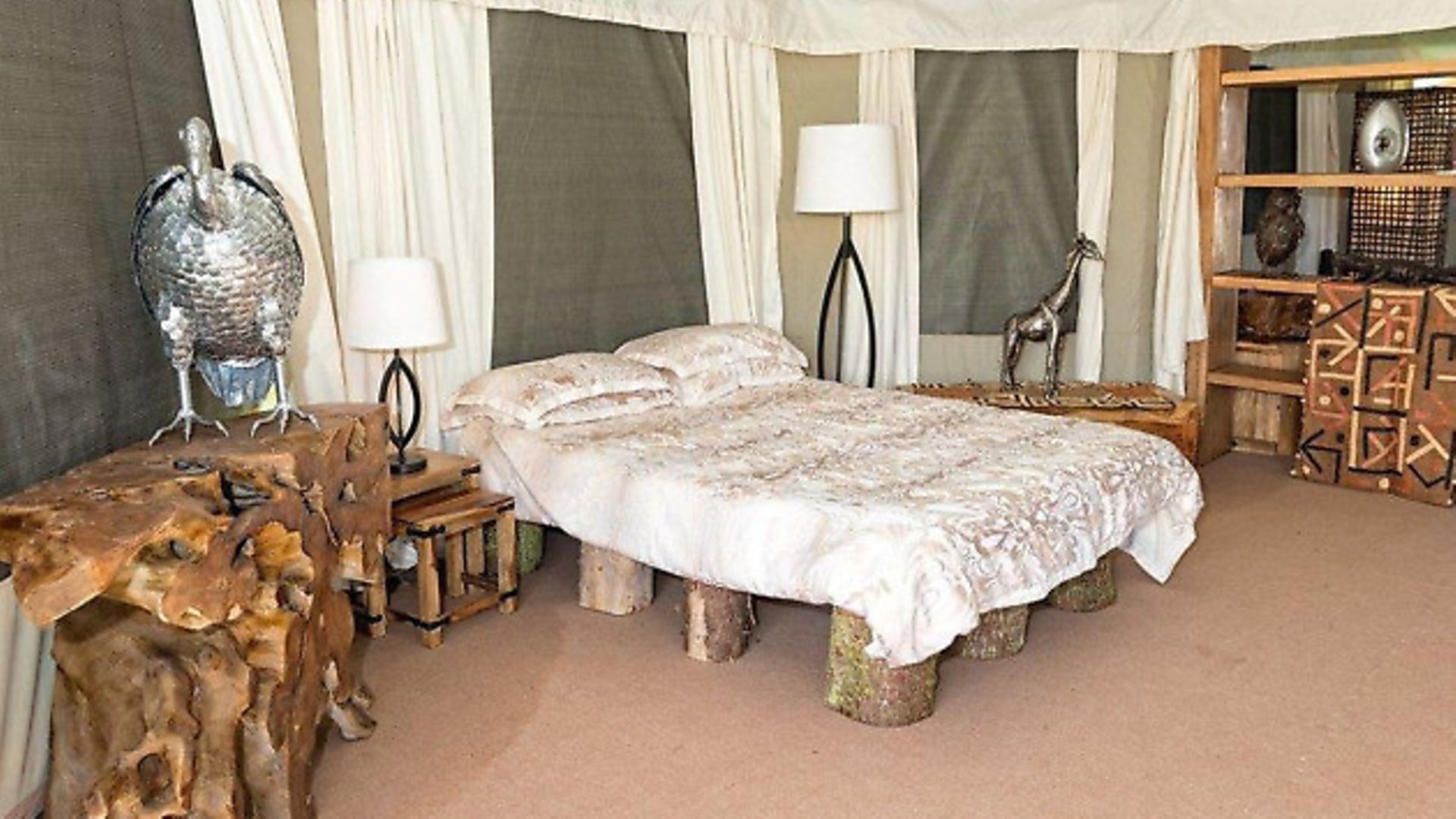
I’ll be the first to admit I’ve never been a big fan of camping. Sure, I’ve done it, but sleeping fitfully under canvas on a hard surface has never been an experience I can say I actually enjoyed. Glamping, however, is something else entirely – it’s camping in comfort (and often style) without having to forgo any of life’s creature comforts.
Nowadays, more and more people are seeking a respite from the near 24/7 craziness of the modern world. They want to step back from it all to have a taste of the good life by way of a restful refuge in nature. Aeroplane travel is not exactly relaxing and, with increased security risks and checks, a lot of people are also choosing holidays that don’t involve flying. So it’s no wonder then that this type of holiday option is really on the rise and, for us smallholders with land (and therefore opportunity) at our disposal, the world of glamping is a potential income stream well worth considering…
If you have a spare field or two at your disposal it might be an idea you’ve toyed with before but the how, what, where and when might have put you off. Time then for an accessible look at how more of us could potentially get involved.
Different options available
If you’ve ever been on a glamping holiday yourself you’ll know how many options there are now available. From yurts and gypsy caravans through to tree houses and shepherd huts, there are many more creative ideas besides. What all of the more successful operations have in common is an attention to detail and something really special that marks them out as an attractive option for people wanting to get away from it all.
This is a very different proposition to traditional camping and any prospective visitors will be looking for space, privacy and an enticing back-to-nature experience as much as any creature comforts. Glamping operations can be set up on a variety of budgets and scales depending on what you have to work with and what you’d like to get back in return. There is, of course, the planning minefield to negotiate (more on this later) but done in the right way and marketed well, glamping can work well alongside your existing smallholding operations and provide, potentially, a very nice income stream indeed.
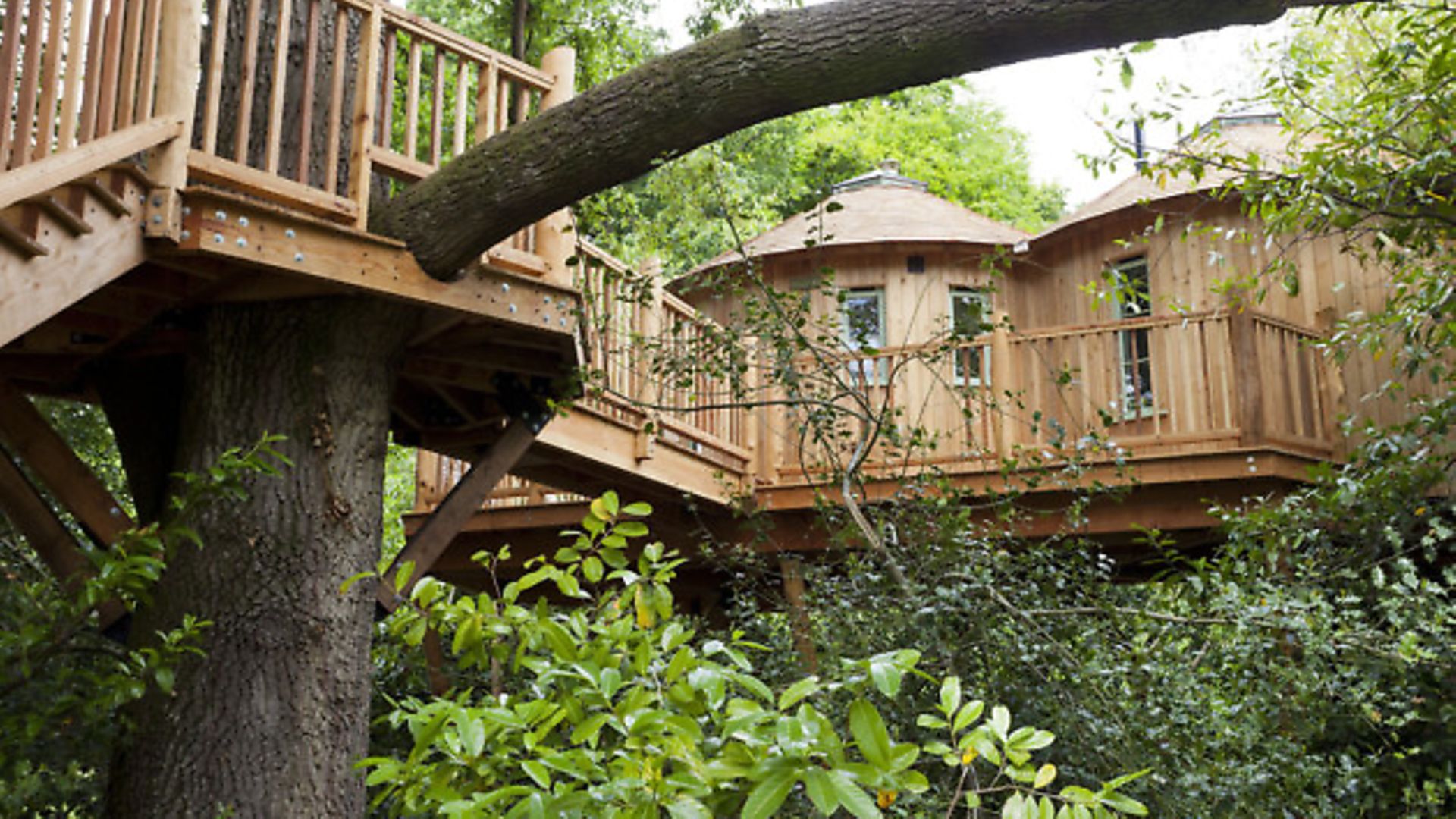
The financial proposition
According to a 2014 survey by Visit England and Barclays Bank, UK ‘staycations’ are on the increase, with annual expenditure from domestic tourists projected to grow by 25% (to over 1.8 billion) by 2017. According to the Glamping Show (which had a successful launch in 2015 and will be returning with gusto in 2016), there has never been a better time for smallholders to get involved. Glamping is believed to be the fastest growing holiday sector worldwide with huge potential here in the UK.
If you don’t have a large amount of money to invest, then start small. Canopy & Stars, the leading glamping booking agents, say: “Your budget needn’t be huge. Some of our most popular spaces are the result of innovation and creativity rather than financial outlay, but you do need to have a clear idea of what you want to spend.”
CASE STUDY
The Wild-de-go, Common Farm, Bude, Cornwall
Ivan and his wife Emma bought an old 1920s Isles of Scilly day tripper for about £500 and gave it a glamping makeover. They kept all of the original portholes, exposed beans and ribs of the boat to maintain its rustic charm, added in a few luxuries and Ian handcrafted all of the wooden surfaces himself. The couple also created a beach hut loo, outdoor shower and sunken wood-fired hot tub in the decking outside.
The Wild-de-go launched with Canopy & Stars in late 2013 and has achieved occupancy of 80% in the past year, with nightly rates of £82 – £118.
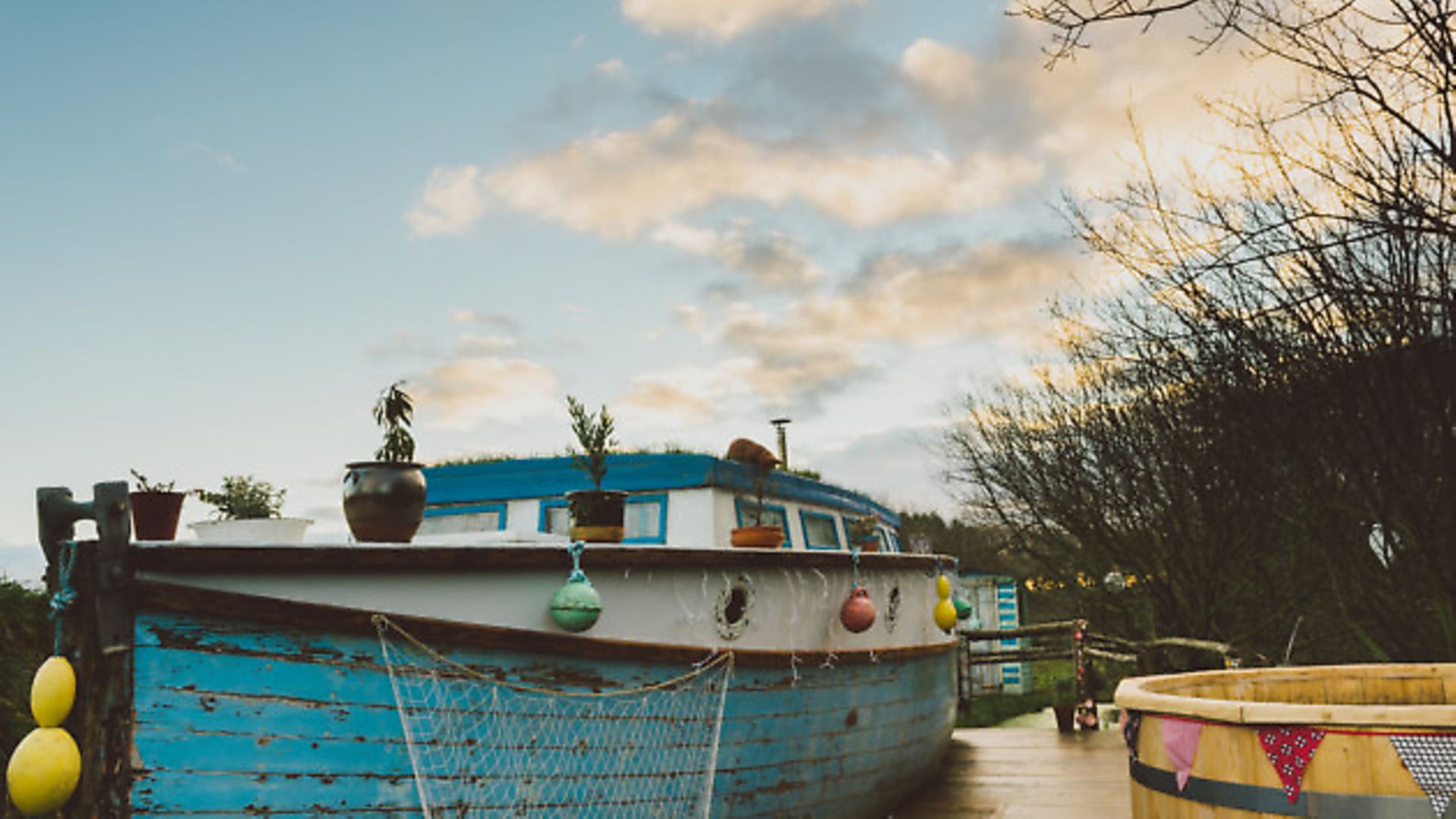
On a larger scale, anyone wanting to invest (and purchase their glamping accommodation brand new) can choose from a wide range of different options. According to the Glamping Show, costs can vary considerably with eco-pods and shepherd’s huts the cheapest options ranging between £6,000 and £15,000 or more for more deluxe versions. Safari tents are more expensive (between £25,000 and £30,000 to buy, set-up and furnish) but because they have the ability to sleep up to six people at a time, they offer a faster return on your investment, with the potential to generate a gross income of £20,000 a year.
If you want to do something really exciting, Canopy & Stars has recently launched Timber, a consultancy service to help landowners realise their glamping dreams. As their booking data indicates that treehouses and cabins are the most popular spaces (with most operating at 90% occupancy), this is what they are focused on helping landowners build. A complete treehouse from them starts at £35,000 and a cabin for £25,000. Included in this price they help would-be owners with the initial consultation and design through to eventual marketing. The company estimates that a £70,000 treehouse in the right setting can achieve upwards of £40,000 in bookings per year, based on nightly rates of £140 – £180, and a £40,000 cabin can expect to achieve upwards of £20,000 of bookings per year based on nightly rates of £95 – £125.
CASE STUDY
Treehouse at Harptree Court, near Bath, Somerset
Charles and Linda didn’t need persuading when Canvas & Stars consultancy service, Timber, suggested a treehouse might be a way to grow their brilliant B&B business. The idea immediately appealed and the couple were brave and bold in their ambition. The treehouse launched in 2011 and the results have been overwhelming.
The couple have achieved occupancy of over 90% since launch with nightly rates of £180 – £360
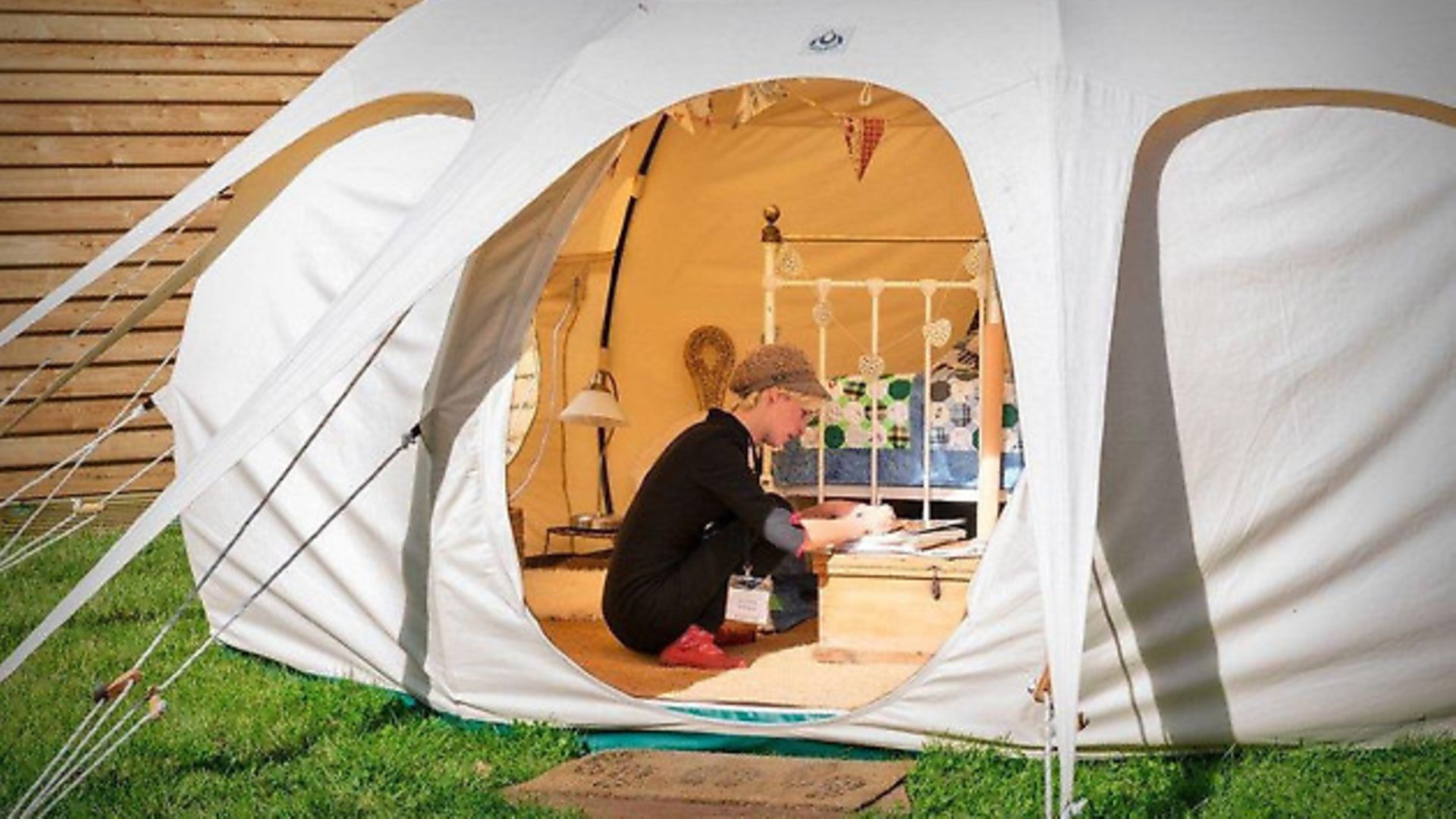
How much space do you need?
Canopy & Stars personally visit and hand pick each of the sites that they list. To get an idea of how to get your glamping operation on their books, and to find out how much land you might need, I asked them about the quiet 1.3 acre field we have on our smallholding. It’s currently used for sheep grazing and is located away from our house, by a quiet road in a secluded spot.
Apparently a field of this size could work as long as it’s a peaceful location with good natural landscaping and ideally views. They said: “There are no fixed rules, but the setting is critical. Normally we’d expect just one structure in a space of that size. You’re right to think about the surroundings too; you need to offer an experience that extends beyond the structure itself.”
So what about planning?
This is the boring but most essential part of any potential move in this direction. If your site is already registered as a campsite, then no problem. Otherwise, if you intend to attempt to have guests for more than 28 days out of each year, then you will require planning of some description.
Most people recommend seeking advice from a planning consultant who can help guide you through the process. What’s also worth considering first before you go down this route is how likely your plot is to be granted the all important permission in the first place. So make sure your proposed site isn’t in a flood zone, or conservation or protected area. You need to think about site access and also sewage, but compost toilets are an option especially given that any development with a sustainable eco-tourist focus is likely to be better received by town planners.
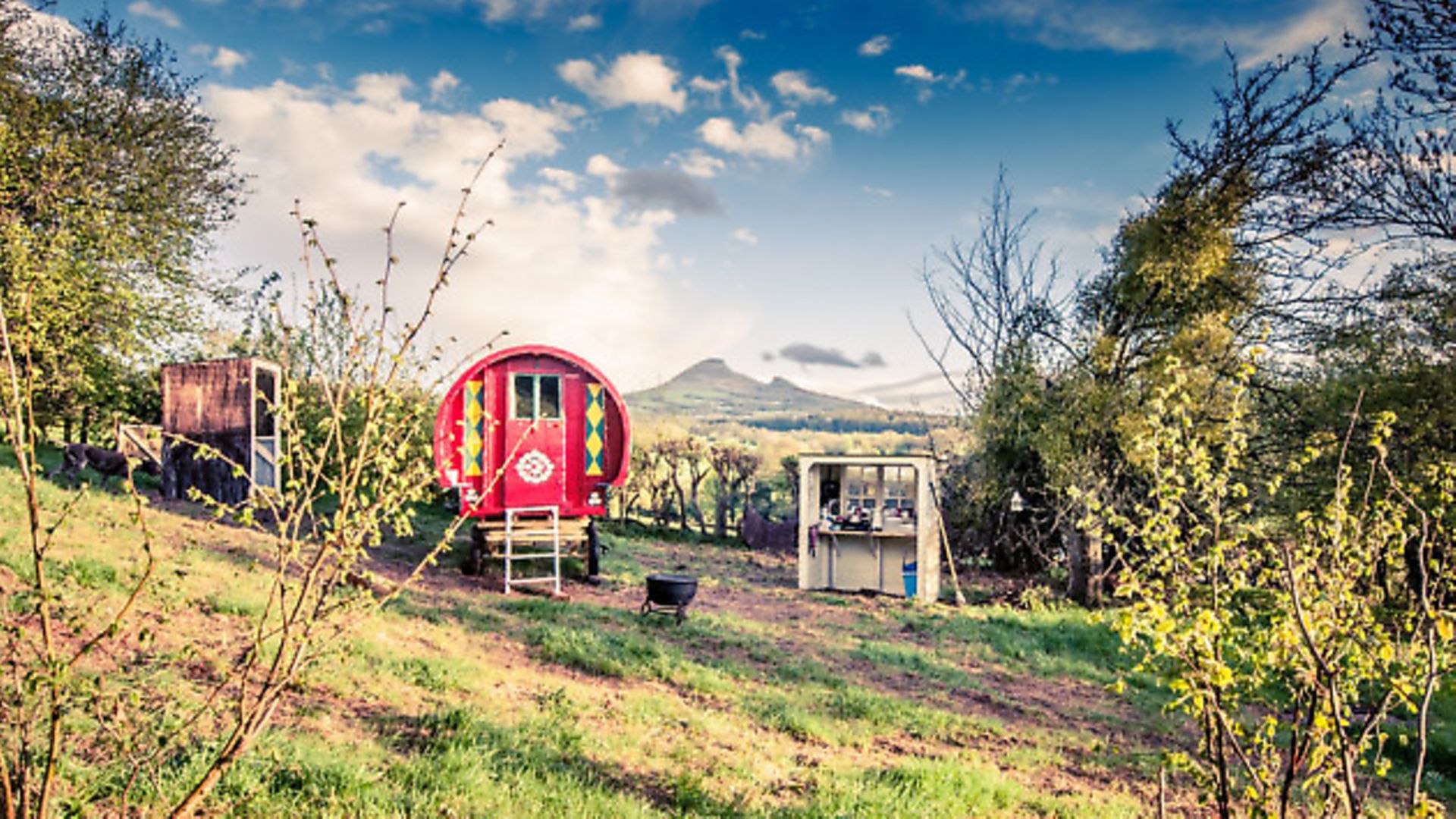
Doing something that bit special
The small details can make all the difference, whether it’s offering a basket of home grown treats for each set of visitors or taking the extra care to provide them with everything necessary to help make their visit a success. You want them to return, to rate their stay highly and tell others about what a great time they had. So taking care of such details is important before you start if you want to make a success of it.
Remember, people want a taste of the good life, so everything you can do to help them achieve that will always go down well.
It’s good to have a strong vision of what you would like to achieve/ how you imagine it looking from the start, and remember that strong photography and a well-written blog or website will be important when it comes to attracting potential visitors to your site.
Canopy & Stars say: “You have to really love what you do and be willing to go the extra mile for your guests. Also consider how you will manage your guests from arrival to departure and what type of relationship you want to have with them. It’s about creating an amazing experience from start to finish.”
CASE STUDY
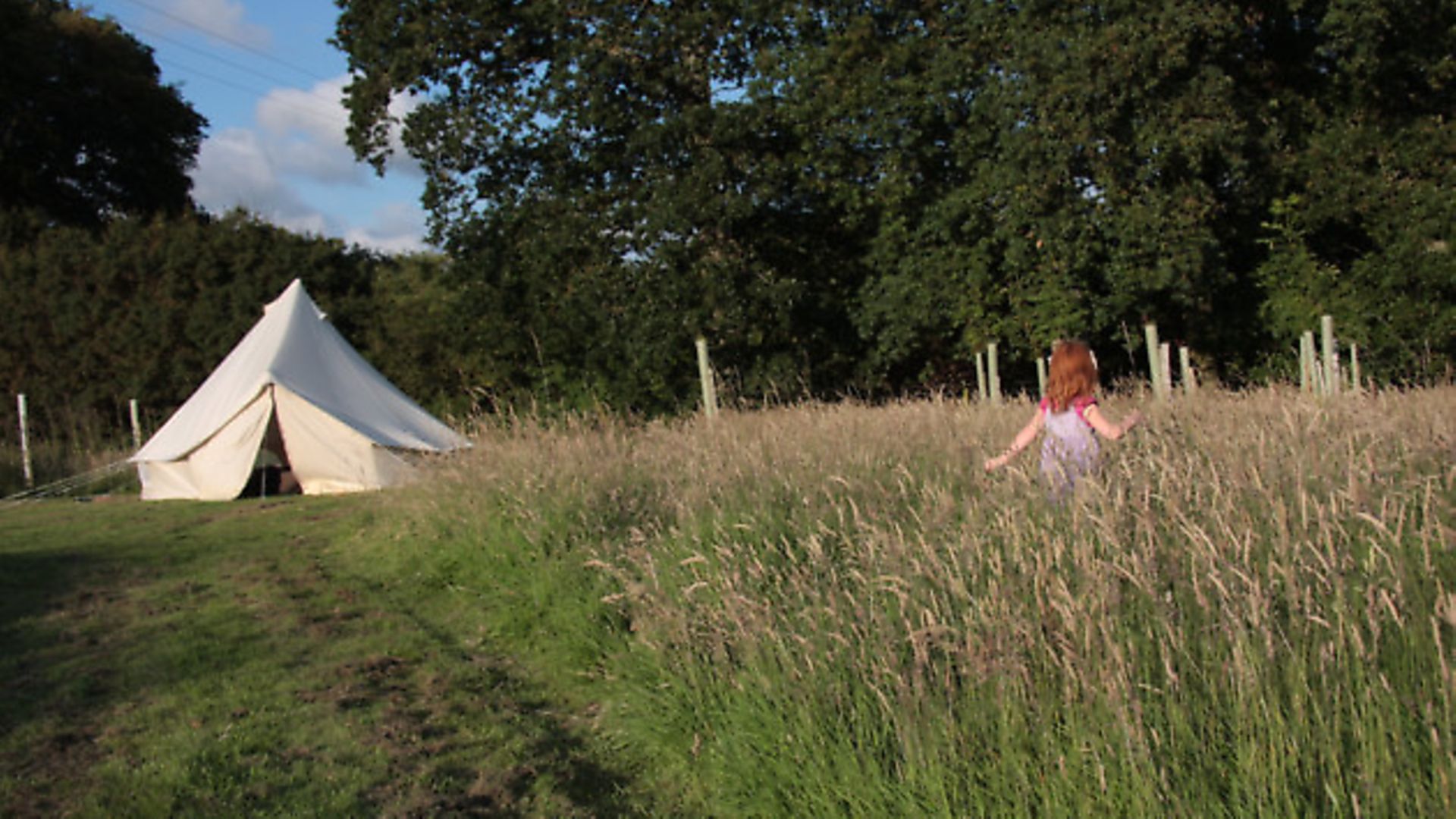
Little Oasis, Black Mountain, Wales
Emma Decker-Thomas with her husband, Paul have set up a small glamping operation on their smallholding on the edge of the Black Mountains. Before they moved here three years ago, they’d been on many glamping holidays with their young children and so have worked hard to create accommodation of a kind that they would have actively chosen to stay in themselves. At the time of writing they had two gypsy wagons (Rosy and Josie) and a newly converted station carriage which they were about to launch.
Their wagons are located in a rather magical setting by a miniature watermill, surrounded by trees and with stunning views across the mountains. The site also has an outdoor kitchen, fire pit, picnic table and composting toilet, and visitors have use of an indoor kitchen, flush toilet and hot shower within walking distance.
The couple take care to look after their guests during their stay and, upon arrival, they are given a welcome hamper which includes milk, a loaf of fresh bread, olive oil, butter, teabags, hot chocolate, marshmallows and a bottle of local apple juice.
Glamping is a popular holiday choice for families with young children and, at Little Oasis, they have plenty of spots for den building and tree climbing. There is also a picnic lawn for grass games and there are lots of foraging opportunities in autumn with blackberries, apples, plums, sloes and cob nuts growing in abundance. Guests are also welcome to visit the animals on the smallholding, to help collect eggs from the chickens and give their tame sheep a little stroke. It is details like this that have helped make the site very popular with guests.
The couple have set up their business on a smaller budget, purchasing their wagons off eBay and lovingly restoring them with the help of friends who traded their skills in exchange for holidays. Emma says: “I think it’s also important to work with people locally. We found an amazing artistic blacksmith who really helped us realise our vision of the carriage and brought in some wonderful ideas of his own.”
The family really enjoy having a glampsite, so much so that they often stay in the wagons themselves between bookings. The children love it and it helps Emma think of new ideas and little details to offer their guests during their stay. As she says: “It’s been a fast learning curve but we love sharing our dream with people and watching them relax into the peace and beauty of their glamping adventures.”
Little Oasis is one of the glampsites featured on Canopy and Stars and Emma has found having an agent very useful. “They’re really helpful and excellent at finding us the right kind of guest. Working with them has really opened up our market beyond the publicity I already do in Facebook, twitter and Instagram.”
THE GLAMPSITE, Lewes, East Sussex
Tim Bullen runs the Secret Campsite (or glampsite), five miles outside Lewes in East Sussex. It isn’t actually so secret, with hundreds of five star reviews and a growing audience of upmarket campers. The site, which affords campers with a wildlife rich-meadow, edible plants and plenty of space, offers camping in a very tranquil setting. The Guardian recently revealed this as one of the top 10 campsites in the country and holidays are now sold out months in advance.
So many people want to emulate Tim’s success that he has set up a franchise model and is currently looking for likeminded smallholders to partner him. Would-be Secret Campsite owners would need eight or more acres of suitable land and investment capital, largely needed to create an access road and build a shower block – of which banks will normally lend a significant proportion through their franchise departments.
If you’re interested in speaking to Tim about this, email tim@thesecretcampsite.co.uk.
Image(s) provided by:
Archant
Archant
Archant
Archant
Archant
Archant







